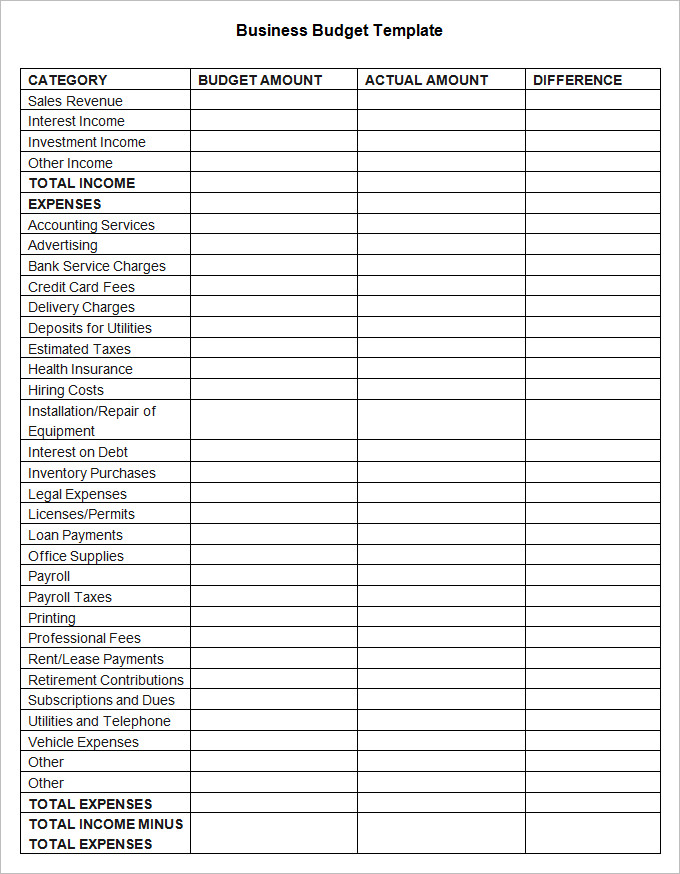


PERSONAL BUDGET OUTLINES MOVIE
Entertainment: Subscriptions, concerts, movie tickets, sports games and digital downloads.Healthcare: Health insurance, copayments and medication.Transportation: Car payment, public transportation fares, gas, insurance and parking.Food: Restaurant meals, groceries and food subscriptions.Housing: Rent or mortgage payment, utilities, taxes and insurance.Below are some common categories with sample expenses. As you work through the list, organizing them into categories may help. These include essential items such as food and housing, and discretionary items such as clothing and entertainment. Next, identify your monthly expenses and their amounts. Calculating your average monthly pay based on the last several months can help in these cases. For example, you might earn commissions or do different amounts of freelance work each month. If you have a fluctuating income source, this step can be tricky. Leave out any one-time bonuses or other sporadic pay. Examples include paychecks from a salaried or hourly position, freelance earnings, investment income and Social Security checks. List and add up all sources of income you receive every month. If you have children, you can consider the long-term goal of setting up a college savings fund. This could include putting money from each paycheck into your job’s 401(k) plan or investing in an individual retirement account. The most common long-term goal to consider is planning for your retirement. However, these would likely take longer than building your emergency fund or paying for a vacation. You may also consider saving up a down payment for a vehicle or home as short-term goals. Other potential short-term goals include paying off credit cards, renovating your home or taking a family vacation. If you want financial security, you might set a short-term goal of creating an emergency fund with three to six months of your essential expenses.

By carefully controlling your spending, you can also pay off debts sooner and have more money for what you enjoy. The whole budgeting process makes you look closer at your money to prevent overspending and allocate extra funds to your savings goals. Whether you want to become debt-free, live a particular lifestyle or accomplish a major goal, a budget helps you achieve financial freedom. This means you could avoid debt that strains your finances and even contributes to a bad credit score. In addition, it reduces your reliance on credit in an emergency. Budgeting for an emergency fund that covers several months of your expenses provides peace of mind in case an unexpected expense arises. It helps you build up your emergency fundĭuring the budgeting process, you create goals and set aside extra cash for them. You can compare your current spending to the budgeted amounts to know when to cut back. A personal budget plan gives you a picture of how much you can spend and where. You may not realize you’ve made several impulse purchases until you lack the cash to pay for essential expenses. It’s easier to keep track of all the transactions you make in a month if you have a budget. It gives you a clearer picture of your spending habits


 0 kommentar(er)
0 kommentar(er)
